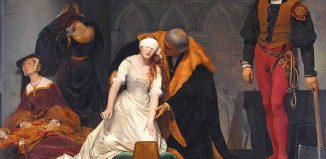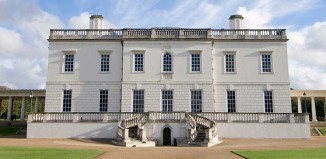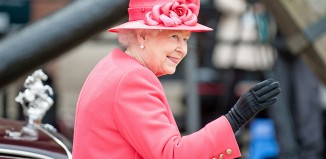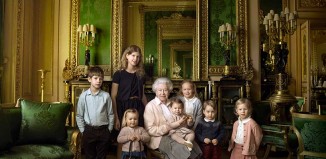Lady Jane Grey – England’s forgotten queen
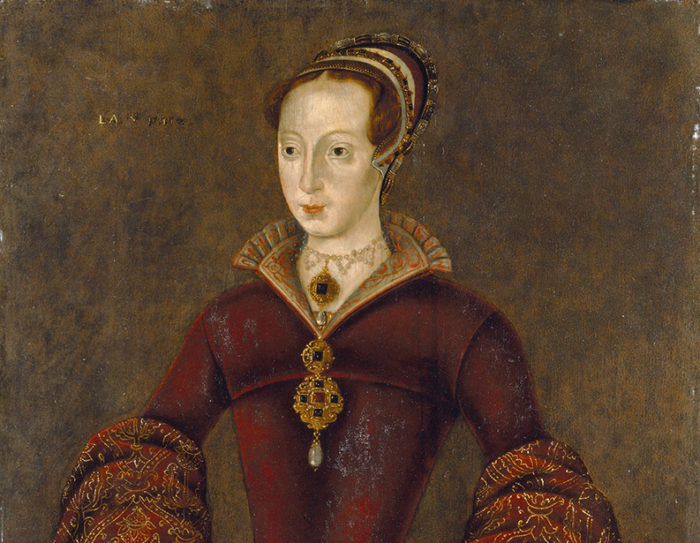
In a short, tragic and rather bloody lifetime Lady Jane Grey entered the dangerous Tudor Court, became Queen and swiftly left again, this time without her head and branded a traitor. We look back on her story as a sad one of meddlesome men, religious division and an unfortunate case of being born into the wrong family.
Who was Lady Jane Grey?
Lady Jane Grey was born in 1537 and was executed for high treason in 1554, aged just 16. She was the great grand-daughter of Henry VII through her mother, Lady Frances Brandon. Jane entered the court of Queen Katherine Parr, the last wife of Henry VIII, aged just ten years old, where she was surrounded by a very protestant academic environment.
Why is she famous?
Lady Jane Grey is famous for having the shortest reign of any King or Queen in British history – just nine days. Her short-lived reign ended with her execution in 1553 when, despite being only fifth in line to the throne, on the death of the young and sickly King Edward VI she was made nominal Queen. This was part of an unsuccessful bid to prevent the accession to the throne of the Catholic Mary Tudor, the eldest daughter of King Henry VIII.
How did she become Queen?
While Jane was at Court the protestant Edward VI was controlled by his uncle and Regent the Duke of Northumberland. In May 1553 Jane married Northumberland’s son Lord Guildford Dudley. Because of her distant relationship to King Henry VII and Northumberland’s desperation to prevent Edward’s half-sister, the Catholic Mary Tudor, from ascending to the throne, on Edward’s deathbed his uncle persuaded him to name Jane as his successor.
Why did she have such a short reign?
Just four days after King Edward VI’s death, Jane was named Queen. However, Mary Tudor, being the sister of Edward VI and daughter of King Henry VIII, had a much stronger link to the throne and widespread support amongst Catholics across the country. Indeed Jane and Northumberland’s supporters quickly melted away in favour of the Catholic contender Mary. Even the Privy Council very quickly changed sides and Mary was pronounced Queen on the 19 July, 1553. Jane was imprisoned in the Tower of London for high treason.
Why was she executed?
Despite being tried for treason in November 1553, after a few months of imprisonment, Jane’s sentence was actually suspended for a while and she almost escaped her bloody fate. However, due to her father’s support for the Thomas Wyatt Rebellion in February 1554, a rebellion that attempted to stop Queen Mary’s marriage to Philip of Spain, Jane, along with her husband and father, were beheaded on the 12 February 1554.
Jane’s story is one that is little known and often forgotten as she was never crowned. Indeed, she is always missed off lists of Britain’s monarchs. Though Jane’s reign was short-lived, its impact on the religious profile of the country was massive, and her death is an example of how brutal the Tudor court was. Aged just 16, she died for committing a crime that she had been forced into simply because of who she was. The new Queen ‘bloody’ Mary showed no mercy and had to set an example to anyone who threatened her rule; as a woman she herself had a lot to prove. The story goes that Jane asked her executioner to ‘dispatch her quickly’ and, having already tied her kerchief around her eyes, innocently asked ‘where is it?’ before being guided onto the block.
Where to visit
Lady Jane Grey’s childhood home, Bradgate Park in Leicestershire, has been open to visitors since 1928. Though the house is now mostly in ruins, visitors can walk through the beautiful grounds and imagine what it once would have looked like in all its splendour. Indeed it instills a quiet sadness that is very fitting for Jane’s tale.

